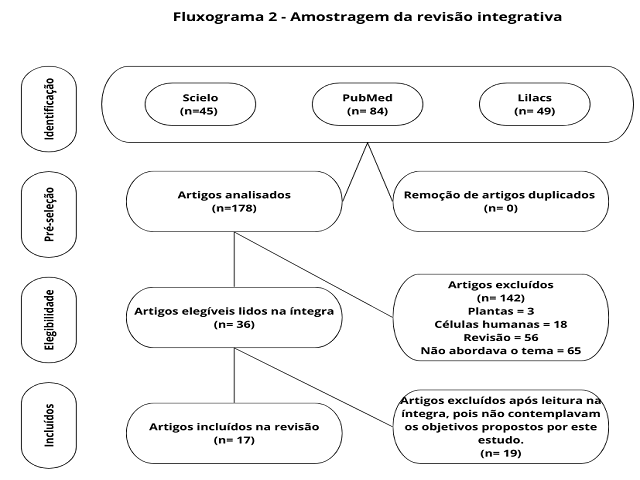CRISPR Technology in Animal Embryos: A Literature Revie
DOI:
https://doi.org/10.4238/gmr2349Keywords:
CRISPR-Cas9, Gene editing , Animal embryoAbstract
CRISPR, also known as "Clustered Regularly Interspaced Short Palindromic Repeats", is an immune defense mechanism that was first identified in the 1980s in the form of repeated sequences in the DNA of bacteria and archaea, used to protect against attacks by viruses and plasmids by cutting the invader's nucleic acids, thus interrupting its replication cycle. At a later stage, scientists adapted the CRISPR-Cas system for gene editing, making it possible to precisely cut DNA sequences at specific locations and thus enabling precise changes to the genome. Since the discovery of this new potential for genome editing, CRISPR has represented a major leap forward in technology, especially since it does not depend on the long and costly process of modifying proteins to confer specificity to the target, and can thus be used in various areas, such as medicine, agriculture and biotechnology, even going so far as to alter embryos. This article carries out a critical analysis of the scientific literature on the application of the CRISPR-Cas technique to animal embryos. In the review in question, all 17 results found in the database search were promising in the field of gene editing in animals. Several species have been subjected to the technique, with success in correcting a significant range of genes that cause animal and human diseases of high epidemiological relevance, for example Duchane Muscular Dystrophy, phenylketonuria, cataracts, among others. It has been determined that gene editing in animal embryos using CRISPR-Cas technology is a precise, effective and promising tool, with the capacity to offer significant benefits by making it possible to correct known genetic mutations, introduce new characteristics, strengthen resistance to diseases, investigate human pathologies, develop innovative therapies for such pathologies and deepen understanding of the mechanisms controlling embryonic development, paving the way for significant advances in the field of biomedicine.




